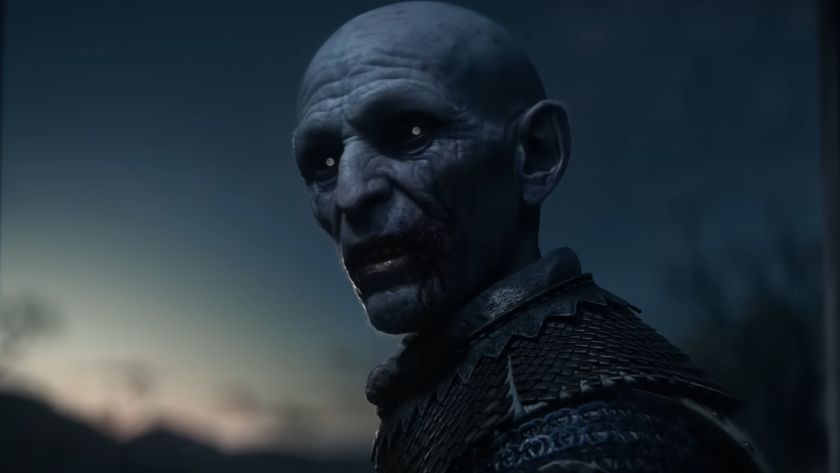Why the Dreamcast was different
We break down why Sega's doomed system is the industry's most beloved cult console
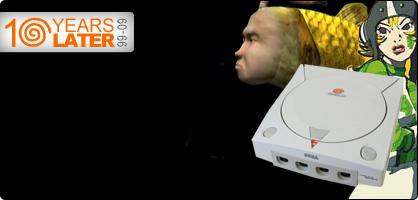
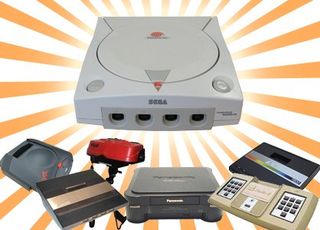
Above: And what separates it from the rest of these losers?
HOW IT BEGAN
For starters, it helps to understand that, when it was released, the Dreamcast blew everything else completely out of the water. Where most failed consoles were dragged down by flawed or outdated hardware, the Dreamcast offered next-gen graphics and sound (for 1999, anyway), a handful of amazing launch games and out-of-the-box online connectivity – and it offered them all more than a year before the PlayStation 2 came rolling in.
In fact, the Dreamcast was the first console to fulfill the promises made by the 32/64-bit generation without any caveats; while the N64 was able to render huge 3D worlds, for example, it was hampered by fuzzy textures and relatively low cartridge capacity. And while the PlayStation’s CDs offered superior storage space and orchestra-quality sound, its loading times were frequently brutal, and nearly all of its 3D games looked like crap and have since aged horribly.
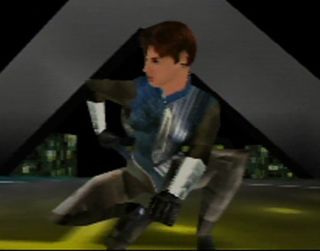
Above: What games looked like before the Dreamcast
Even ignoring the fact that it pumped out visuals that put both those systems to shame, the Dreamcast was able to offer all of their benefits with almost none of the drawbacks. Load times could get a little onerous, sure, but the games could be huge and epic while looking sharp (especially when hooked up to a VGA monitor) and sounding great. Up until this point, gamers were used to putting up with obvious drawbacks, sacrifices and limitations from hardware, but the Dreamcast didn’t seem to have any – or at least, none that really mattered at the time.
“Dreamcast was the first console to really embrace the future,” said World of Warcraft Magazine Editor in Chief Dan Amrich, who worked for GamePro when the Dreamcast was launched. “VGA output, a modular modem (swappable for an Ethernet jack), online gaming for real... it was almost too much stuff too early, but all the right ideas were there.

Above: Phantasy Star Online – too much, too early?
Sign up to the 12DOVE Newsletter
Weekly digests, tales from the communities you love, and more
“If they’d focused just on one of those three things and really maximized it, maybe it would have worked out,” Amrich said.
It also helped that, right out the gate, Sega demonstrated it was serious about its hardware. Not only did the VGA hookups offer crisper visuals than you’d see on a TV, but the controllers – while awkward and uncomfortable now – were perfectly suited to the Dreamcast’s 3D games while still being simple enough for newcomers to grasp. More importantly, they featured two expansion slots for memory packs, vibration packs (which could also be used in Sega’s gun peripherals for a vague simulation of recoil) and Sega’s would-be ace in the hole, the Visual Memory Unit. Part memory card, part handheld, the VMU could be used to save games and display data during play, and could also run specialized minigames downloaded from certain titles, like Sonic Adventure’s virtual-pet sim, Chao Adventure.
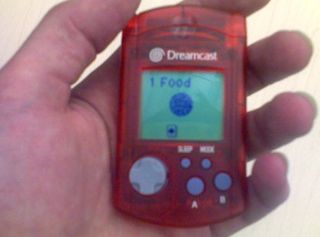
Above: Just one of the VMU’s many exciting uses!
Granted, the VMU devoured batteries and was really only used by a handful of games, but that hardly mattered; they were tiny, frequently candy-colored and an awesome idea, and everyone with a Dreamcast immediately had to have one. Or four. And if that wasn’t enough connectivity with a handheld, you could also buy a cable to enable your Dreamcast to talk to your Neo-Geo Pocket, which really only came in handy when linking certain SNK games together.
Dreamcast also carried the rare cachet that came from legions of Sega fans excited to see their favorite brand revitalized. After the string of disappointments that followed the Genesis/Mega Drive –Sega CD, 32X, CD-X, the forgotten Neptune and the beloved-but-inferior Saturn – gamers who’d grown up in the house Sonic built were ready for a comeback, and when the Dreamcast came roaring in, it immediately felt like Sega had snapped out of its long slump and was back on top. Dreamcast was Sega’s long-overdue redemption, the moment at which it rose out of its own ashes like a phoenix to give its fans exactly what they wanted. Even the commercials, weird as they are in retrospect, were calculated to make Sega fans giddy.
Above: The only time you will ever hear Virtua Fighter 3’s Takaarashi rap alongside former Seattle SuperSonics point guard Gary “The Glove” Payton
“The Dreamcast was that really defined point in time when everything changed in gaming,” said Official Xbox Magazine Editor in Chief Francesca Reyes, who was previously an editor for Official Dreamcast Magazine. “I had always been a huge Sega fan. I loved my Genesis. I loved my Sega CD. I loved my Saturn.And I absolutely loved my Dreamcast. It had the types of games I loved, from dodgy arcade ports, to super fruity weirdness, to some really groundbreaking stuff.”
All of this added up to a record-breaking launch in North America, and after just over two months, Dreamcast sales had cracked a million units – a figure that had taken the PlayStation nine months to reach. The stage seemed set for a massive mainstream success, but weirdly enough, the Dreamcast would end up taking a different path. And while that might not have panned out quite so well from a business standpoint, it would become a huge part of why the Dreamcast is remembered with reverence, rather than as just another technological milestone in the ever-surging console race.
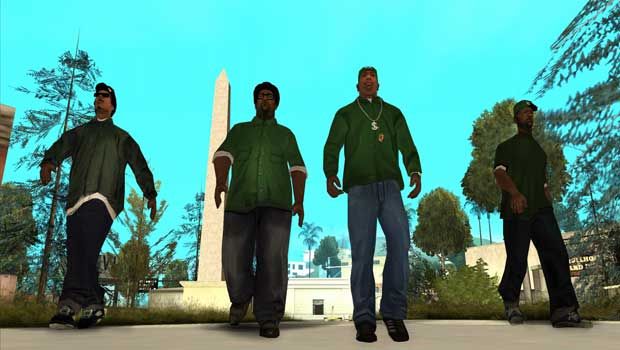
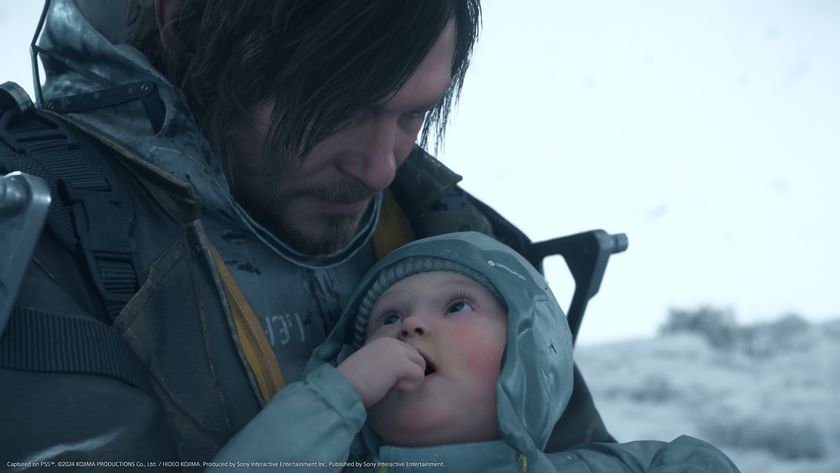
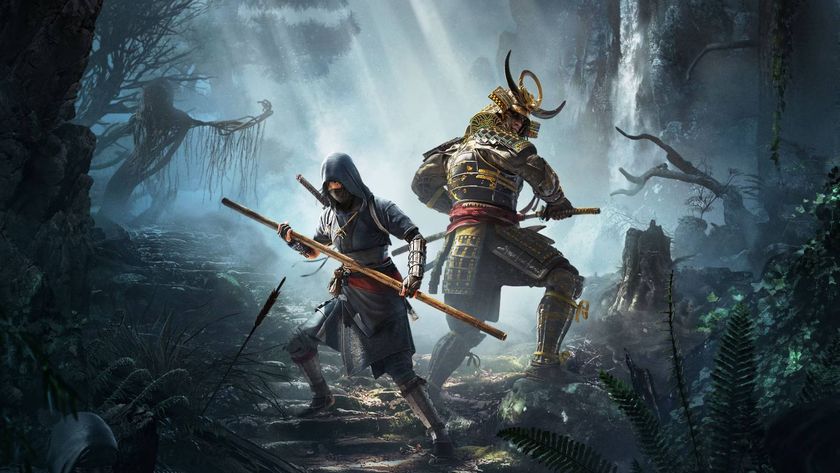
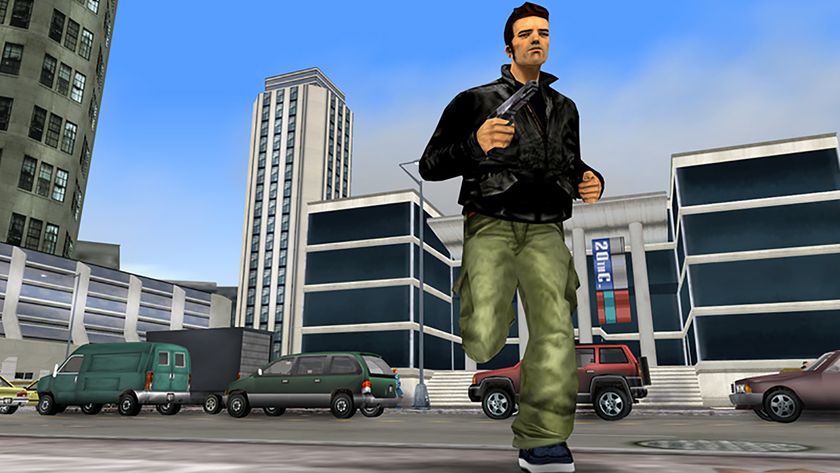
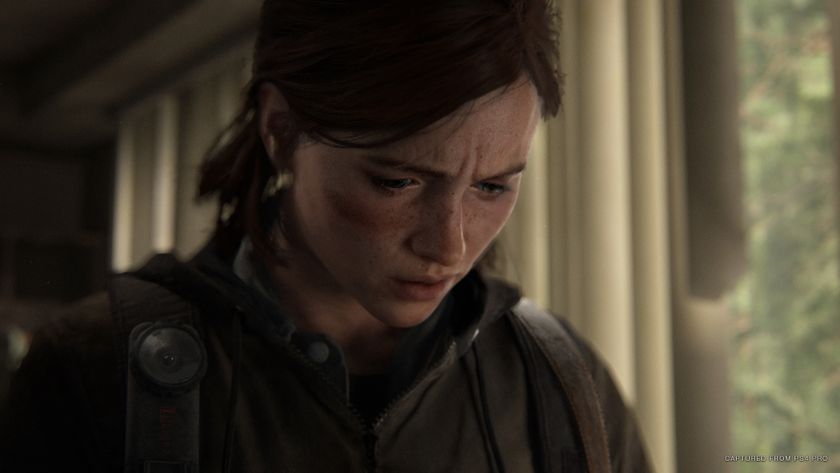
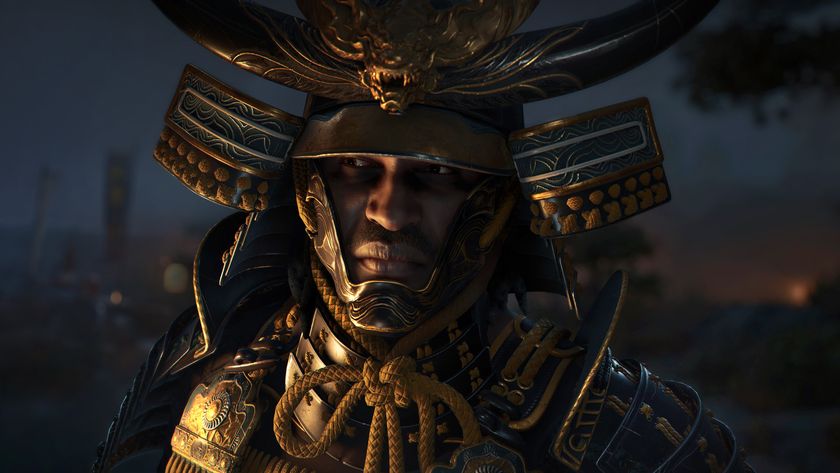







Former Xbox boss says GTA: San Andreas and its infamously NSFW Hot Coffee minigame "signified a maturing of the industry" and put games "on par with movies and music"

Death Stranding 2 pre-orders are estimated to go live this month, and will reportedly include a $230 collector's edition that I pray doesn't come with another creepy baby statue

